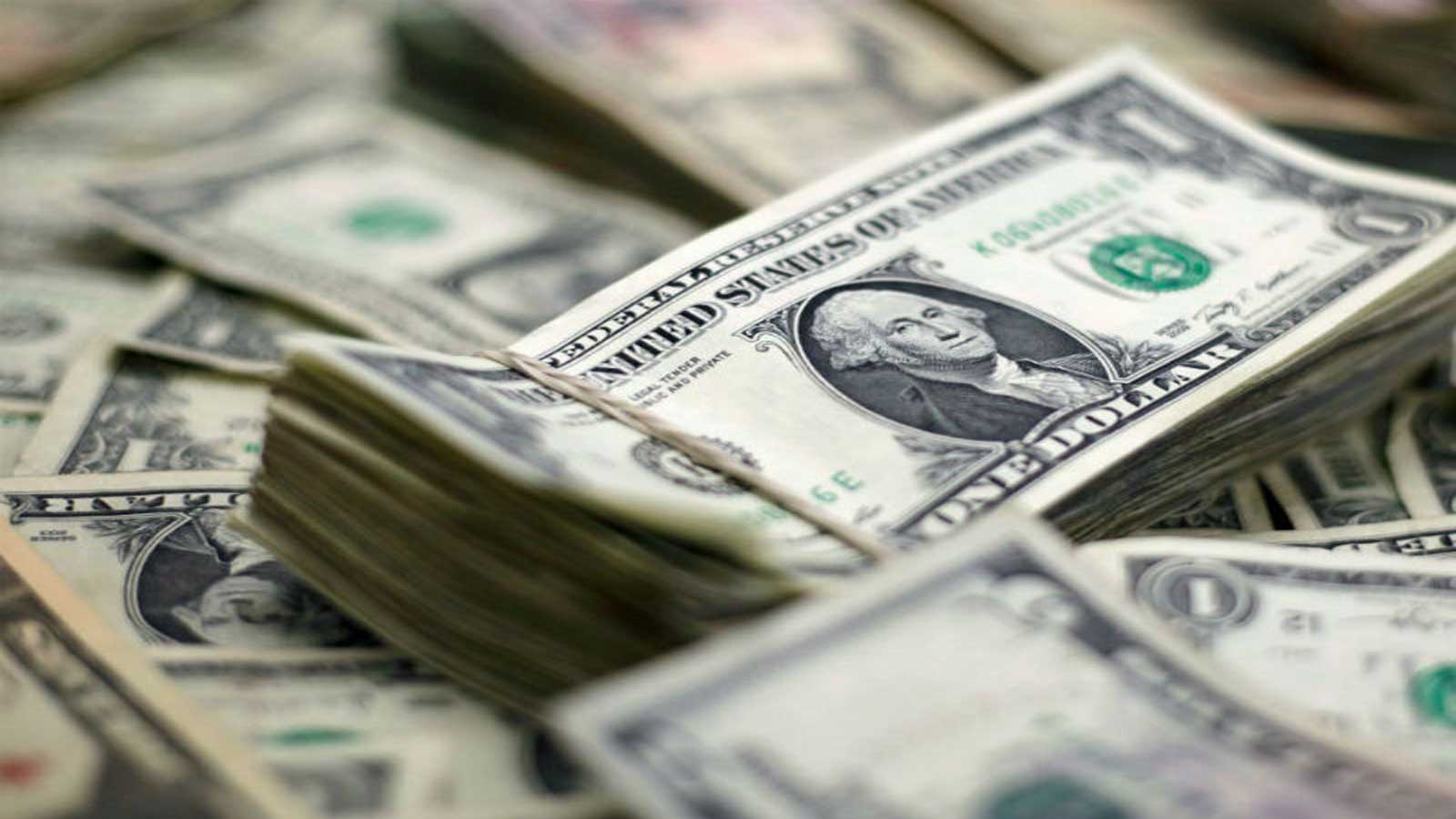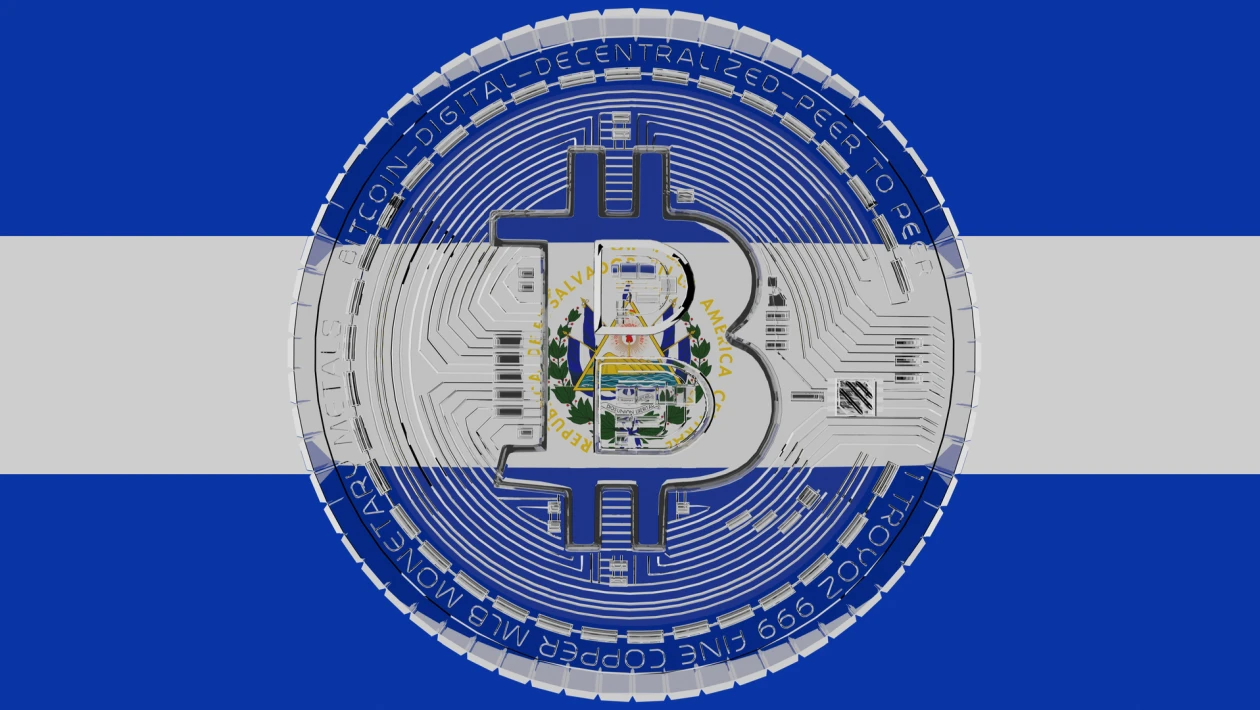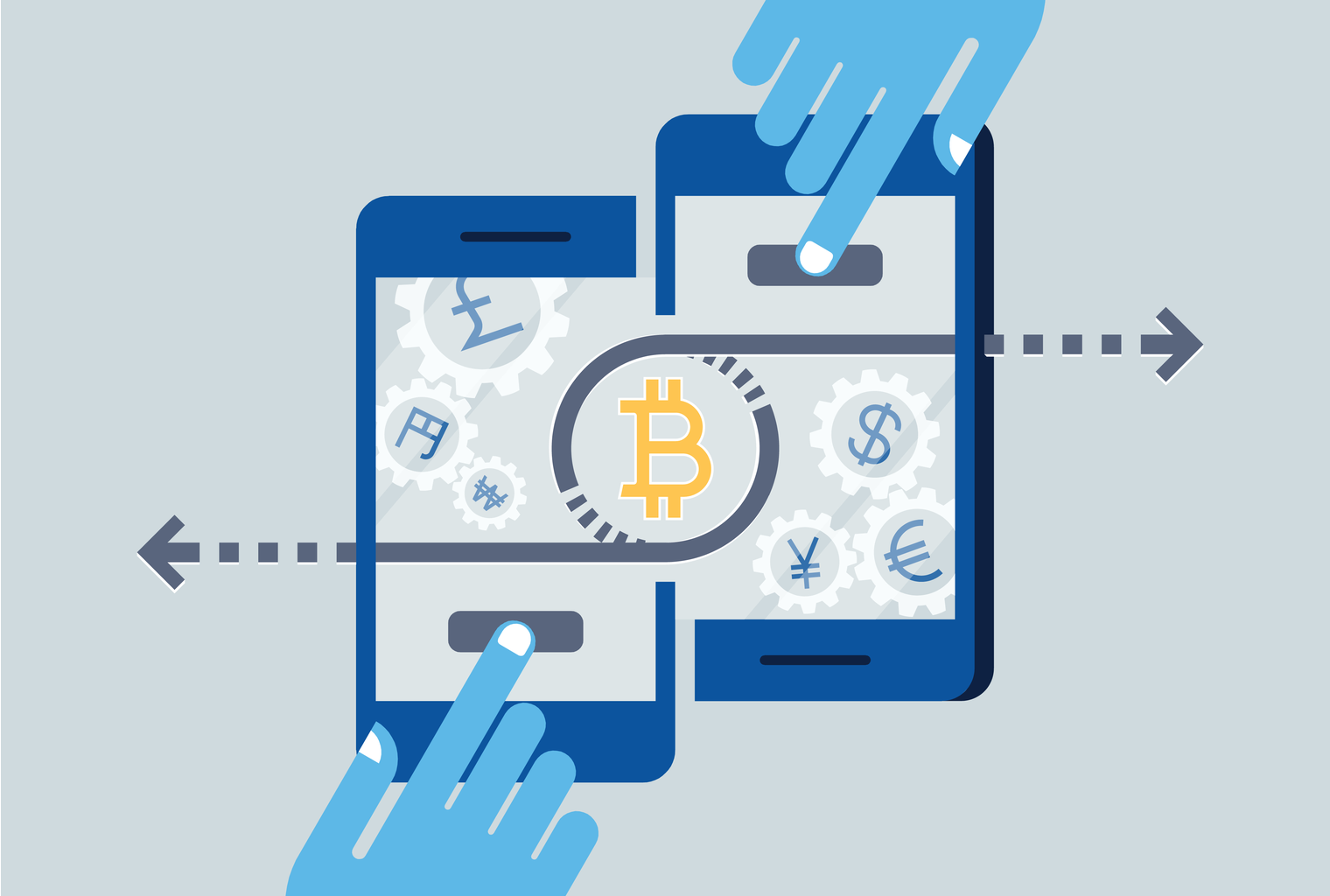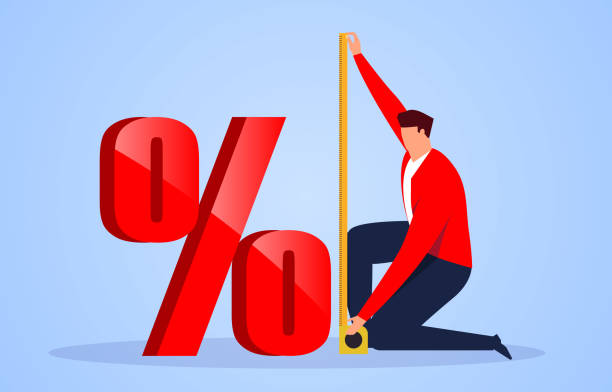Dollar Hits High for 2 Weeks: the U.S. Jobs Looks for Fed Sign.
On Thursday, the dollar was lower than two weeks high and is solidifying before a crucial update on the US jobs, which may provide hints as to when the Fed will adjust monetary policy.
The dollar index surged from a one-month downtrend over the last week, which was backed primarily by US economic evidence to encourage an accelerated revival from the pandemic, with investors evaluating whether an inflation lifting may lead the Fed to a higher rate than previously indicated.
At 91.316 Thursday, following the first increase since April 19, to 91.436, the dollar index, which tests the United States economy against the six prominent allies, had nothing changed. On 29 April, it sank to 90.422.
"Imagining the Fed's opinion that inflation is momentary is right will certainly continue to be discussed by the USD," said Rabobank economist Jane Foley in a research note.
"The USD will strive to explore a strong level of assistance in the short term," according to some predictors, with the currency rising to $1.19 per euro over the one-month timeframe, a rise of one million on nonfarm jobs.
Get the best signal service for forex and earn good profits on your portfolios; check out here.
After dropping to 1.1986 dollars on Wednesday during the first instance since 19 April, the euro exchanged at the threshold of $1.20 on Thursday. Until soaring as far as 109.695 on Monday, the $109.34 yen was purchased, which is not seen since the 13th of April.
To present, Jerome Powell, Chairman of the Fed, has concluded that the labor market is well timid about when to start thinking about shaving asset purchases. The central bank said that by 2023 it would not increase its Fed benchmark rate.
On Wednesday, three FED officials spoke with Chicago Chairman Charles Evans to suggest he predicts monetary policy to remain pretty easy for some time though he is more positive about US progress than several months ago.
Boston Fed President Eric Rosengren said this Spring inflation is being skewed briefly as the American economy moves thru pandemic instabilities, but tensions should remain short-term and do not contribute to monetary policy retrograde.
Cleveland Fed President Loretta Mester said that more improvement on the labour market will be necessary until the requirements of the Fed are satisfied to reduce its large-scale funding.
How to make money while staying home during this pandemic? Learn here to earn in this lockdown.
"In view of the continuous words of support by (U.S. Secretary of the Financial Administration Janet), Yellen, and a number of Fed officials that the upcoming rise in inflation will be 'temporary,' ... investors are obviously a little more concerned," economist Rodrigo Catril, National Australia Bank.
The dollar boosted Tuesday following Yellen said rate increases could be needed to prevent overheating, but she subsequently underestimated tightening.
After reaching the three-year peak of 1.2252 on Wednesday, commodity-related Canadian dollars exchanged at C$1,2268 per greenback, driven by increased rough rates and excitement about the global economic growth.
Sterling shifted nothing at $1.3904, and during the past two weeks, it had consolidated its position with the Bank of England, which some anticipators predicted at a meeting on Thursday after vaccinations boosted England's economic growth to declare a smoothing-out of its bond purchasing program.
Ether operated for $3.462.62 in cryptocurrencies on Tuesday, the ninth consecutive day, after hitting a historic $3.559.97, which is an all-time peak.
The larger rival bitcoin was about $56,755, with a fluctuation in recent days of around $59,000 and $52,000. At 64,895,22 dollars in mid-April, it reported its momentum shift, which slows to 47,004.20 dollars by the end of the month.
When to buy and when to sell in Forex trading? Learn from expert traders to start and earn profits.

















